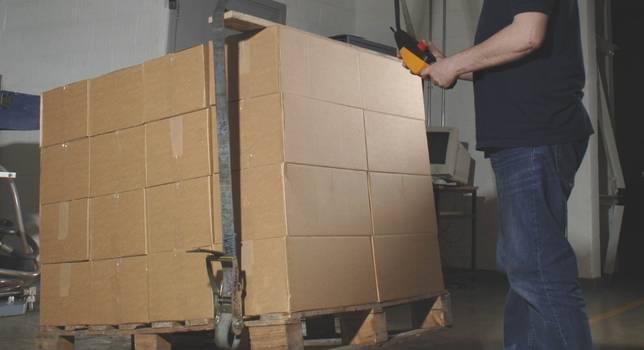When the consumer opens a bag of chips or crackers - depending on the fill rate and how far the product has traveled - they may see the bag as half full or half empty. To ensure a positive consumer reaction, many manufacturers overfill; this may result in customer satisfaction, but is ultimately inefficient, and could sacrifice profitability and compromise the package's seal integrity. Altitude can also play a factor; if a package is overfilled, it may burst if it travels to higher and lower altitudes as it makes it way to the retail shelf.
Many manufacturers utilize boundary conditions when launching products. Fill levels that are too high introduce sealing issues, while fill levels that are too low cause customers to complain. Most understand these levels well, but the settling effects of the supply chain can create a discrepancy between what the customers sees and what the manufacturer thinks the customer will see. Cost avoidance opportunities exist for those that work to understand the vibratory effects of the supply chain.
Laboratory-based testing offers controlled, repeatable and rapid evaluation of the performance of consumer packaged goods with respect to the physical hazards of distribution and supply chain. Random vibration test methodology for packaged goods can compress a product's real-life journey into a shorter period of time and provide an accurate picture of the condition it will arrive in at its final destination and the degree to which the package's contents have settled.
In addition to laboratory testing, supply chain monitors can be included in shipments to calculate vibration on the routes products travel. The monitors report back exact vibration details.
By monitoring the supply chain and transportation routes with effective testing and data, food manufacturers can avoid trial and error with mixed results and potentially unhappy customers. Vibration testing can deliver an optimal fill rate to the manufacturer, ensuring efficiency, profitability and customer satisfaction. Food scientists can use the optimal fill rate when reviewing formulations or product enhancements, and manufacturing process engineers can set the right fill rate and ensure a proper seal.
In short, distribution testing of packaged products can deliver material-efficient design with assured product protection, which are also essential elements of any approach to sustainability. Testing food products through the supply chain before a product arrives on the shelf can save manufacturers both time and money.
Find out more about our Distribution Testing services.


